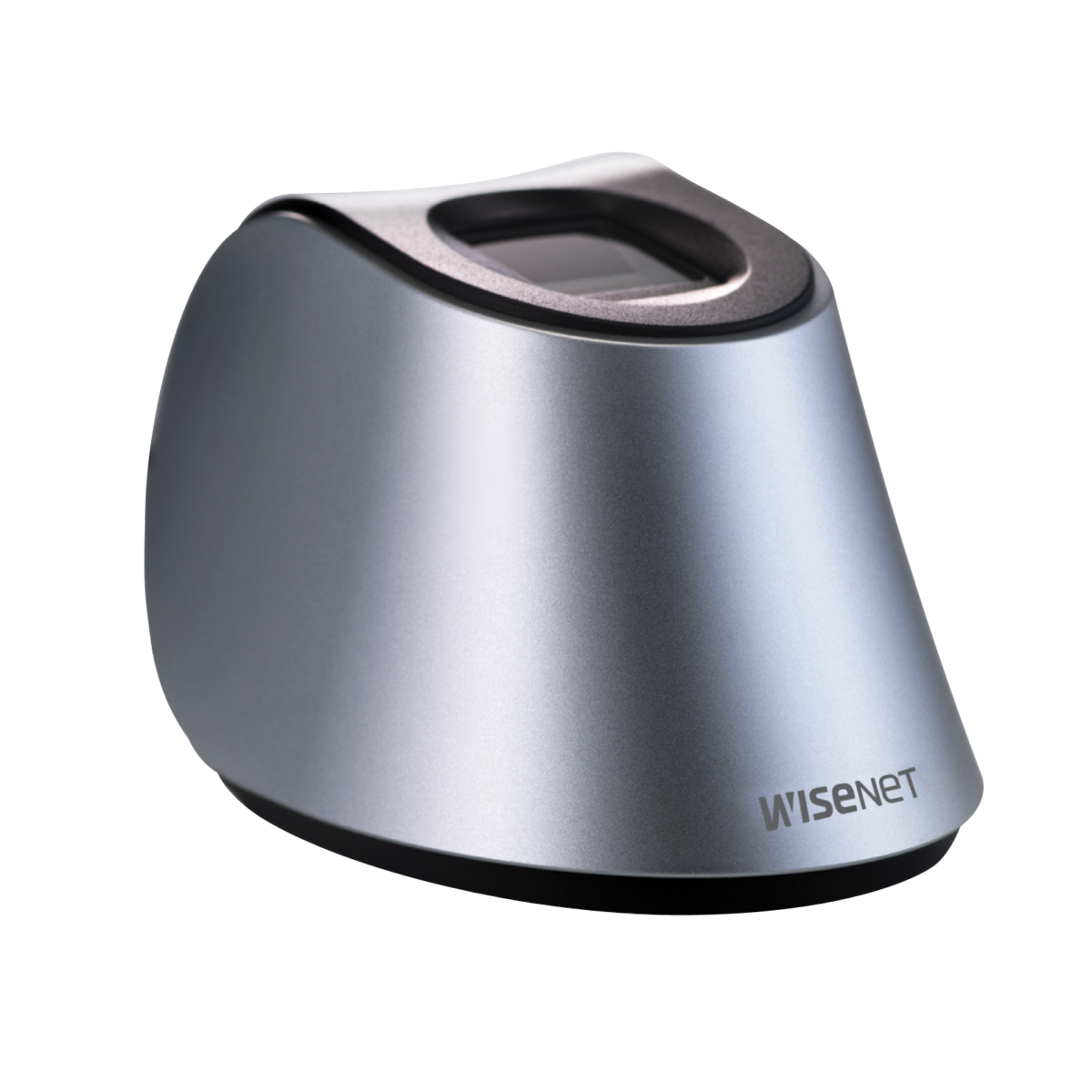
Table Of Content
Introduction to Access Control Systems

Access Control Systems (ACS) are security solutions designed to regulate who can access specific areas within a facility. By managing entry points, these systems ensure that only authorized individuals can enter designated spaces, thereby enhancing security and operational efficiency.
Core Components of Access Control Systems
An effective ACS comprises several key components:
Controllers
Controllers serve as the central hubs of ACS, processing data from readers and making decisions about granting or denying access. They communicate with management software to update permissions and monitor system status.
Readers
Readers are devices that authenticate individuals attempting to gain access. They can use various technologies such as RFID, biometrics, or PIN codes to verify credentials.
Cards
Access cards are physical tokens issued to authorized individuals. They store encrypted data that readers use to authenticate users.
Management Software
This software allows administrators to configure the system, assign permissions, monitor access events, and generate reports. It provides a user-friendly interface for managing the entire ACS.
Peripherals
Peripherals include devices like door locks, exit buttons, and alarm systems that work in conjunction with the ACS to control physical access and respond to security events.
Types of Access Control Systems
-
Access control systems can be categorized based on their architecture and functionality:
-
Standalone Systems: These are self-contained units suitable for small applications. They operate independently without the need for centralized management.
-
Networked Systems: These systems connect multiple controllers and readers over a network, allowing centralized management and monitoring.
-
Cloud-Based Systems: Leveraging cloud technology, these systems offer remote access and management, providing flexibility and scalability.
Both devices coexist in the broader IP Audio ecosystem and often connect to an Audio Server that coordinates audio flows and analytics.
-
Benefits of Implementing Access Control Systems
Implementing an ACS offers numerous advantages:
-
Enhanced Security: Restricting access to authorized personnel reduces the risk of unauthorized entry and potential threats.
-
Operational Efficiency: Automated access processes streamline operations and reduce the need for manual intervention.
-
Audit Trails: Detailed logs of access events provide accountability and assist in investigations.
-
Cost Savings: Reduces the need for physical keys and the associated costs of rekeying locks.
Applications Across Industries
Access control systems are versatile and can be applied in various sectors:
-
Commercial Offices: Protect sensitive areas and manage employee access.
-
Healthcare Facilities: Secure patient records and restricted zones.
-
Educational Institutions: Control access to buildings and classrooms.
-
Industrial Sites: Monitor and restrict access to hazardous areas.
Choosing the Right Access Control System
Selecting an appropriate ACS involves considering factors such as:
-
Scalability: Ability to expand as the organization grows.
-
Integration: Compatibility with existing security systems.
-
User-Friendliness: Ease of use for administrators and end-users.
-
Cost: Budget constraints and total cost of ownership.
Future Trends in Access Control
The future of ACS is shaped by technological advancements:
-
Biometric Authentication: Increased use of fingerprints, facial recognition, and iris scans.
-
Mobile Access: Smartphones replacing traditional access cards.
-
Artificial Intelligence: AI-driven analytics for enhanced security and efficiency.
Conclusion
Access Control Systems are integral to modern security infrastructures. By understanding their components, benefits, and applications, organizations can make informed decisions to enhance their security posture.
